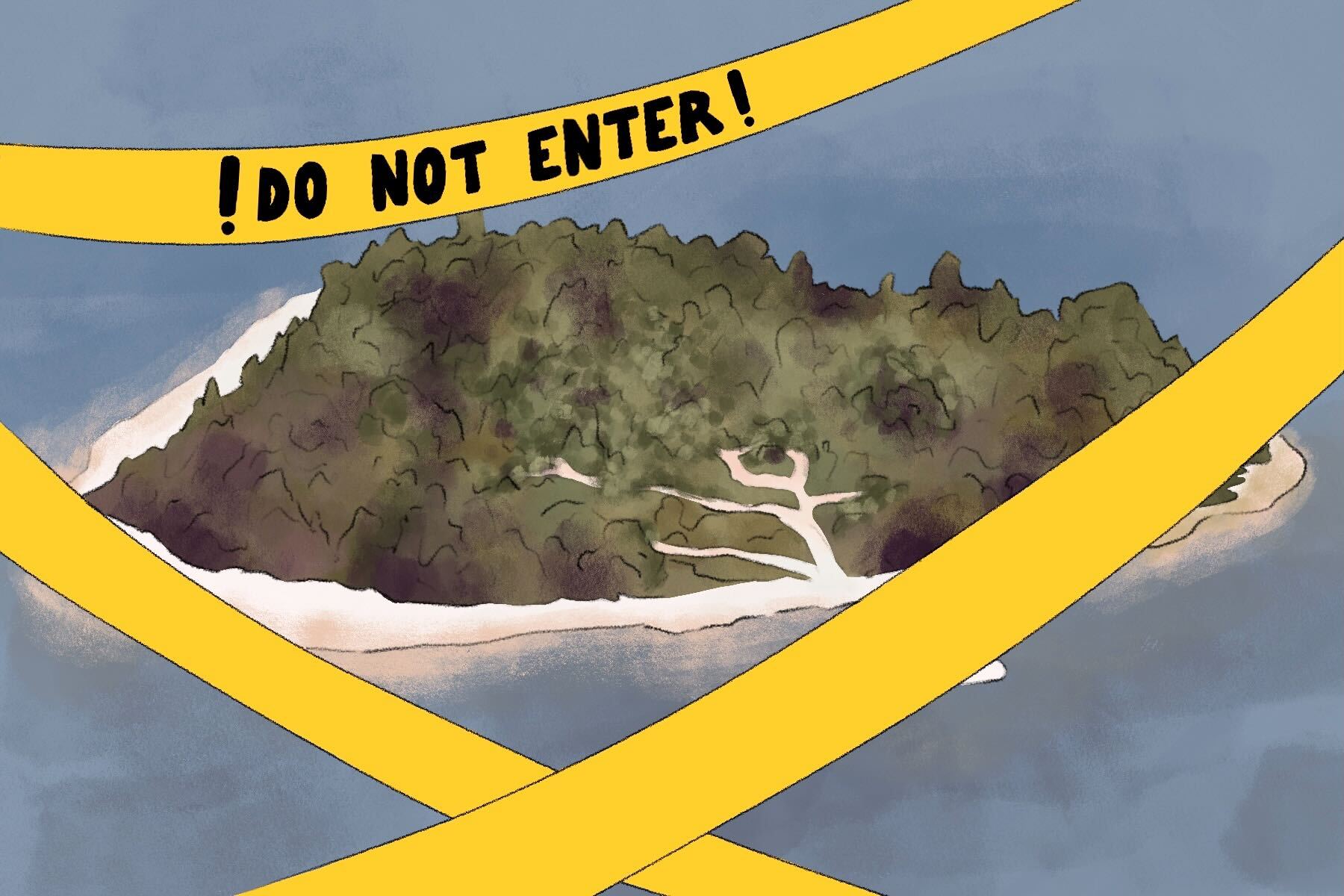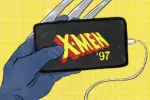Disney has had a long history of successful projects, from several theme parks to vacation resorts and even cruise ships. The company’s most popular destination is the Walt Disney World Resort in Orlando, Florida. The resort is massive and regularly receives millions of visitors each year. With each new expansion, the location continues to see success. Not far from where the Magic Kingdom Park is located, however, is an island located in Bay Lake that Disney has kept from public view for the last two decades: Disney’s Discovery Island.
What is Discovery Island?
During its peak, Discovery Island was a zoological park where families could get away from the rush of the theme park crowds. Visitors would arrive on the island by ferry and traverse the area while admiring exotic birds, monkeys and, of course, alligators. It now sits abandoned as nature continues to overrun the decrepit buildings and exhibits. What makes Discovery Island appealing to so many people, besides its massive “Jurassic Park” vibes, is the vague nature of the attraction’s closing. It was shut down in the span of a few months without an official reason why, and this lack of closure gives the island an air of mystery and an unsatisfying ending to what was a relatively long and interesting history.
Bay Lake, Florida: Pre-Disney Era
Long before it was called Discovery Island, it was known as Raz Island, named after the family that lived there during the early 1900s. In 1937, Florida’s first disc jockey, Delmar Nicholson, bought the island for $800 and lived there alongside his wife and his pet crane. He renamed the island Idle Bay Isle and stayed for about 20 years until he became sick and had to sell it. Nicholson sold the island to some businessmen who would use it as a hunting retreat.
It was around this time in the early 1960s when Walt Disney stepped into the picture and acquired the property as part of “The Florida Project.” Disneyland had just opened in 1955 to resounding success, and Disney wanted to begin planning his next set of visions for the second theme park.
The island was supposedly one of the places that really caught Disney’s eye when scouting central Florida for future development. He purchased the island and the surrounding area in 1965 but sadly passed away before he saw its development come to fruition.
From Pirates to Flora and Fauna
The island went through a small identity crisis after its development in 1974. The Disney company wanted the island to take on a pirate theme, so they named it Blackbeard’s Island but later changed it to Treasure Island. There would be shipwrecks, exotic birds and buried treasure. It soon became clear, though, that the island’s rich botanical nature and wildlife overshadowed its pirate theme. After a brief shutdown for renovations, the attraction reopened in 1976 as the newly dubbed Discovery Island.
According to Walt Dated World, the island had 140 species of animals and 250 species of tropical plants. Disney leaned into these facts and dedicated the island as a nature preserve. After purchasing tickets, tourists would board a ferry from the Magic Kingdom Park and sail for the main dock on Discovery Island. Once they made it past the ticket collector, the first thing they saw was The Thirsty Perch, the park’s snack bar. There, they could grab light refreshments like sodas and slushies and various other snacks.
Once past The Thirsty Perch, visitors explored the trails that wound through the island. Along the way, they would see Monkey Colony, where capuchin monkeys perched in the trees; Flamingo Lagoon, where flamingos meandered in the water; and Avian Way, arguably the park’s most popular attraction. Avian Way featured a large boardwalk suspended above the lagoon, where people could walk through the enclosed area and see birds from all over the world.
Discovery Island also featured live shows, or Animal Encounters, where guests learned more about the park’s animals. One such show was the Discovery Island Bird Show, where the audience watched a light-hearted demonstration featuring macaws that could talk and roll over. Another show was Reptile Relations, where the host displayed reptiles like alligators and snakes.
There were plenty of exhibits and animals to see, and visitors would typically spend half the day there. Once they saw everything, they traveled back to the main entrance to board the ferry to Magic Kingdom before about 7 p.m. when the park eventually closed.
Animal Kingdom: The Beginning of the End
Although Disney had come under fire in 1989 for seriously mishandling several birds, Discovery Island continued operations as usual until the late ’90s. This would change, however, once Animal Kingdom officially opened on Earth Day in 1998. At 580 acres, it was the largest theme park in the world, and many people speculate that it made Discovery Island redundant. Almost a year after Animal Kingdom opened, Discovery Island closed to the public, ending its 25-year run. The island remained in operation for a few months to relocate the animals to Animal Kingdom before it shut down for good.
The Rise of the Creepy Island Aesthetic
In the 20 or so years since Discovery Island closed down, Disney has never issued an official statement regarding its closing. Although the reason may seem straightforward with the introduction of Animal Kingdom, the lack of closure has given rise to many theories for the island’s abandonment. Theories like brain-eating bacteria in the water or government involvement are a couple of them, but ultimately, the island’s dwindling attendance and rising maintenance costs most likely contributed to its demise.
Still, the internet’s fascination with the island was further fueled by urban explorers who trekked to the location and documented their findings. Some of their discoveries are slightly unnerving, from experiencing several alligators stare back from the darkness to the electricity still running and lights turning on even though no one is there. What’s also eerie is that many of the buildings and exhibits still exist years after their abandonment. The Thirsty Perch, for instance, stands today in a state of ruin with even the soda machine still inside. The Avian Way, a once-beloved attraction, is slowly collapsing as time goes by while it is taken over by plants and worn down by the elements.
Despite Disney banning anyone who trespasses on the island, some people continue to sneak there to explore. Some even camp overnight on location. A YouTube video by Bright Sun Films gives an incredible overview of the footage an urban explorer caught during his exploration.
In the end, many people are fascinated by what is essentially a time capsule. It lends itself to a state of liminality between being left as it was two decades ago and being in a state of decay. Many people still recount fun trips spent there, and those cherished memories keep the legacy of Disney’s Discovery Island alive.

















